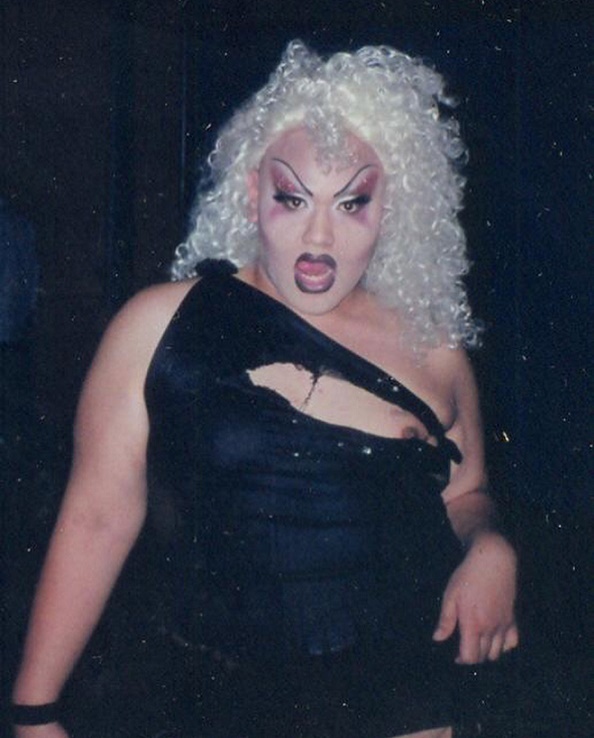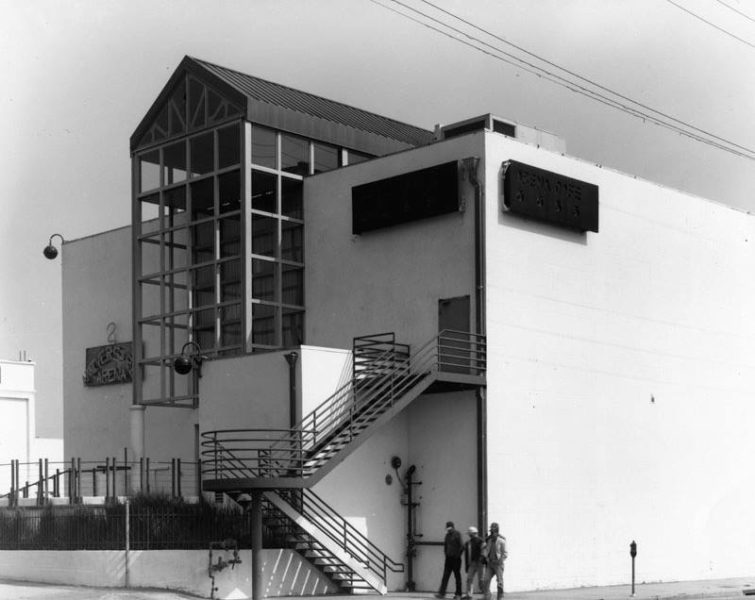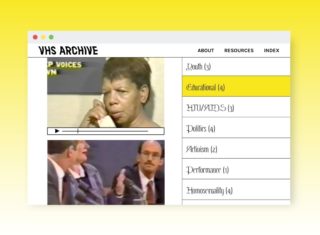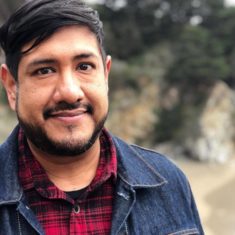After the success of the first meeting in October of 2017 that focused on the theme of Ethics and Anxieties, the theme for the second meeting of the VHS Archives Working Group at the Center for the Humanities at the Graduate Center, CUNY was Nostalgia. Held on November 16, 2017 the session was centered around two presentations, with notes taken by Professor Ann Matsuuchi, participant of the group and Instructional Technology Librarian & Associate Professor at LaGuardia Community College.
The first discussion was led by myself, Juan Fernández, currently an MA candidate in the Media Studies + Social Change program at Queens College, CUNY. The second was led by Professor Amy Herzog, also visiting from the Department of Media Studies at Queens College. The group was sent optional readings a week prior from both presenters. The readings engaged the topic of “nostalgia” with frameworks and themes that spoke to each conversation. Amy included Susanna Paasonen and Laura Saarenmaa’s “The Golden Age of Porn: Nostalgia and History in Cinema.” I sent a poem by Gil Cuadros from his book City of God and the academic articles “Finding Sequins in the Rubble” by Professor Eddy Alvarez, and “Queering the Homeboy Aesthetic” by Professor Richard T. Rodriquez.
For my presentation, I did not have physical VHS tapes to show. Instead, I screened YouTube videos of footage from a now-closed Los Angeles nightclub called Arena Café, once located in central Hollywood. The first clip from Youtube was titled “A Night at the Arena in the mid 90s!” uploaded by the Fabulous Wonder Twins from their own archive; the second was a clip of a Fox News Undercover reports on “party crews” from 1990s Los Angeles. A third clip featured Ms. Martin, a Chicano drag queen popular at Arena Café, from an independent documentary from 1999 called Creature. My goal in screening these clips was to provide visual context for the location and time period of the readings I provided. My questions and concerns centered the idea of missing media, in this case VHS and their relation to T-parties: underground events held in the backyards of people’s homes, where queer Latina/o/x folks were able to converge and celebrate outside of discriminatory “mainstream” gay spaces like West Hollywood. In recording T-parties, there was a lack of access to analog equipment. Another consideration was the possible need for anonymity for attendees due to cultural homophobia within Chicana/o/x & Latina/o/x communities.
I came to the VHS Archives working group to gather insights on how to pursue a media history project that is lacking in archival footage. I am working only with oral histories and academic frameworks that locate the queer brown body within the Los Angeles landscape but not sufficiently to identify a specific time and place, especially when trying to create an archive of underground T-parties in Los Angeles. The experience of internalized struggle and geographic displacement with “white place” are noted in the poem by Gil Cuadros titled “My Aztlán/White Place.” Cuadros details the travel between his East Los Angeles home to West Hollywood, the center of (white) gay culture in L.A. This is the shared experience of many queer Latina/o/x in the city who found community at the Arena Café nightclub.
My inquiries to the group focused on how to work with an archive that relies heavily on memory, both my own and the memories of those who experienced it. Alex Juhasz suggested I reach out to one of her past students who was working on a queer mapping of Chicana/o/x Los Angeles through the work of Gil Cuadros (Pablo Alvarez has since proven to be very helpful and supportive in moving forward). Overall the conversation was fruitful and helped me to identify my own feelings of vulnerability having experienced the T-party and Arena nightclub as part of my own coming out process in 90s L.A.

Earlier this month, on March 1, 2018, the news that Ms. Martin passed away started to flood my inbox, and newsfeeds on Facebook and Instagram. This incited an overflow of nostalgia: individuals sharing from their own archive based on personal memory, sharing photos taken at the Arena café in the early 1990s or with Ms. Martin. The shared experience online in the wake of her passing became a site for an unraveling archive; “world-making” out of memory. It was an exercise in “finding the sequins in the rubble” as posed by Eddy Alvarez in the Fall 2016 Transgender Studies Quarterly, a theoretical framework rooted in archival memory and a fashion aesthetic “used by queer Angelenos to negotiate the everyday realities, histories, and communities in which they live” (Alvarez, 620). What ultimately resulted was a digital reunion of shared memory and an ongoing chase towards nostalgia.
The thread of nostalgia in the next presentation was met with a common missing link: the absence or lack of VHS tapes. Professor Herzog presented on nostalgia in retro-chic porn, stating, “I'd like to talk about nostalgia in relation to pre-1980s pornography, and the archiving/distribution of decontextualized clips in retro-chic porn tapes and DVDs.” Amy’s project focuses on the history of peep show arcades in Times Square and pre-AIDS sex that centered around New York’s cruising sites, during what she called a “more innocent/chic time in the production of retro porn.”
Amy screened some loops from compilation porn DVDs, the scenes were disconnected and “lacked categorization” in terms of how they were pre-compiled by the distributor of the disc. This lack of sequence and background piqued Amy’s interest in further researching the sources for these clips. Amy brought in this content to gain some insights and assistance from the group in thinking through the video and working with the “unreliable archives for peep show booths.” Amy also described her fascination with one of the performer’s, Margaret Nash, who is featured in the clips and who exhibited an empowered sense of sexuality along with the rest of the performers, within clip loops that seemed non-exploitive.
After some heavy research, Amy was able to locate the archives of the filmmaker (via a contact found on academia.edu), named Kornbacker. In describing her findings Amy also noted the “female stewardship of these clips past and present.” She discovered the archives showed the film clips were edited by what Amy referred to as “little old ladies,” and in fact found a notation and key to locate and track the filmmaker’s various wives.
The group was enthusiastic about discussing Amy’s findings and research, including a recommendation from digital archivist & manager of Digital & Special Projects in the Archives of La MaMa Experimental Theatre Club, Rachel Mattson to send a “preservation student from NYU to assess the collection in Seattle.” Amy also showed a gay clip titled “A man to remember” – a loop featuring a naked and very 60s “hippie” type, erect and smoking a cigarette, which he proceeded to get creative with.
Both presentations were linked by a sense of what we called “intellectual feelings”—a need to better understand past lived experiences and a desire to gain a deeper understanding of a missing/moving image. The feelings attached to desire and sexuality, whether in a peep show booth or a backyard in the shadows of East Los Angeles.
-by Juan Fernández


